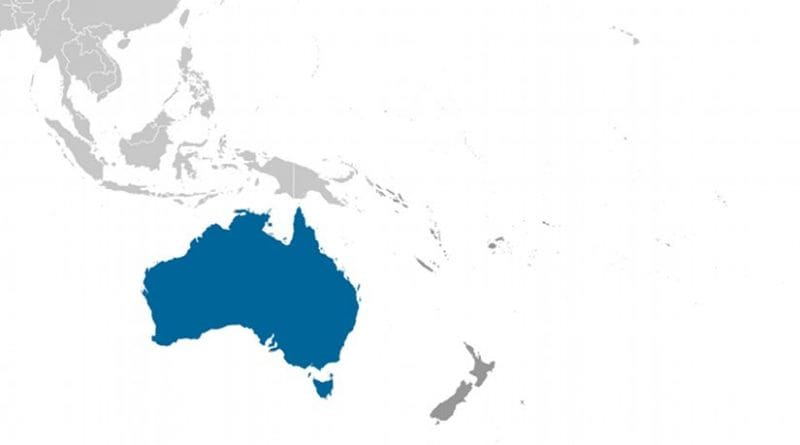Australia: Olympic Dam Expansion Gets Environmental Approvals
BHP Billiton has received environmental approval from the federal and South Australian governments for an expansion of its Olympic Dam copper and uranium mine – but under strict conditions.
According to BHP Billiton, Olympic Dam is the world’s fourth largest remaining copper and gold deposit and the largest known uranium deposit. It also contains significant quantities of silver. The project went into production in 1988. At present, ore is mined and primary crushing takes place underground, after which copper concentrate is recovered through a series of flotation and regrinding stages. Uranium is recovered from leaching the copper tailings and then the copper concentrate in a secondary process. A small amount of uranium then remains in the copper concentrate. Existing operations have a nameplate capacity of 4500 tU3O8 (3800 tU) per year.
The expansion plan would see ore recovered from an open pit which would operate alongside the existing underground mine. It would be implemented progressively over a period of about 11 years and the project would ultimately have a uranium output of some 19,000 tU3O8 (16,100 tU) per year, including the small amount recovered from overseas smelting and refining of copper. Some of the copper concentrate would be transported overseas through Darwin for smelting under International Atomic Energy Agency safeguards.
In addition to excavating the new open pit, BHP Billiton requires new and expanded infrastructure, including waste rock storage and an expanded tailings storage facility. These would operate simultaneously with the existing underground mine. The expansion would also involve construction of an on-site power plant, transmission lines, a desalination plant, a new airport and a new rail link to connect Olympic Dam to the national rail network.
BHP Billiton released a draft environmental statement for the project in May 2009 and then spent more than a year preparing answers to all the issues raised, submitting this information along with additional studies in the supplementary environmental impact statement (SEIS), which was then handed to the Australian Commonwealth for an adequacy test in December 2010. The federal and South Australian governments have now completed their review of the SEIS and given their full approval for the expansion project. The approval is valid for 50 years, allowing ten years for progressive mine closure and rehabilitation after 40 years of mining and processing.
Australia’s environment minister, Tony Burke, said that his approval was “based on a thorough and rigorous assessment of the proposed Olympic Dam mine expansion including independent expert reviews and consideration of public comments received on the project’s environmental impact statement.” He added, “These reviews made recommendations to ensure that the proposal meets world best-practice environmental standards for uranium mining and ensure management of native species and groundwater resources.”
However, strict conditions were applied to the approvals. BHP Billiton will be required to commit to more than 150 conditions and obtain numerous licences and approvals. The conditions include establishing an offset area of about 140,000 hectares, biodiversity conservation and environment protection management programs and a comprehensive compliance strategy.
Burke noted, “The measures that the company will use to achieve these requirements must all be detailed in an extensive and thorough environmental protection management program, which I must be satisfied with and approve before substantial works on the project can begin.” He added, “The company will be held accountable if it doesn’t comply with the strict approval conditions.”
Dean Dalla Valle, president of BHP Billiton uranium, welcomed the approvals, saying, “Today’s announcement is the culmination of one of the most comprehensive and rigorous environmental assessment processes undertaken in Australia and is another important milestone as we seek to develop this world class ore-body.”
He added, “The first phase of the Olympic Dam project is currently in feasibility and its progression into execution remains dependant on these approvals, the completion of all required studies and on BHP Billiton board approval.”
Dalla Valle noted that the approval comes with a number of conditions. He said, “We will take these conditions into account and incorporate them into our final assessment and recommendation to the board next year.”

